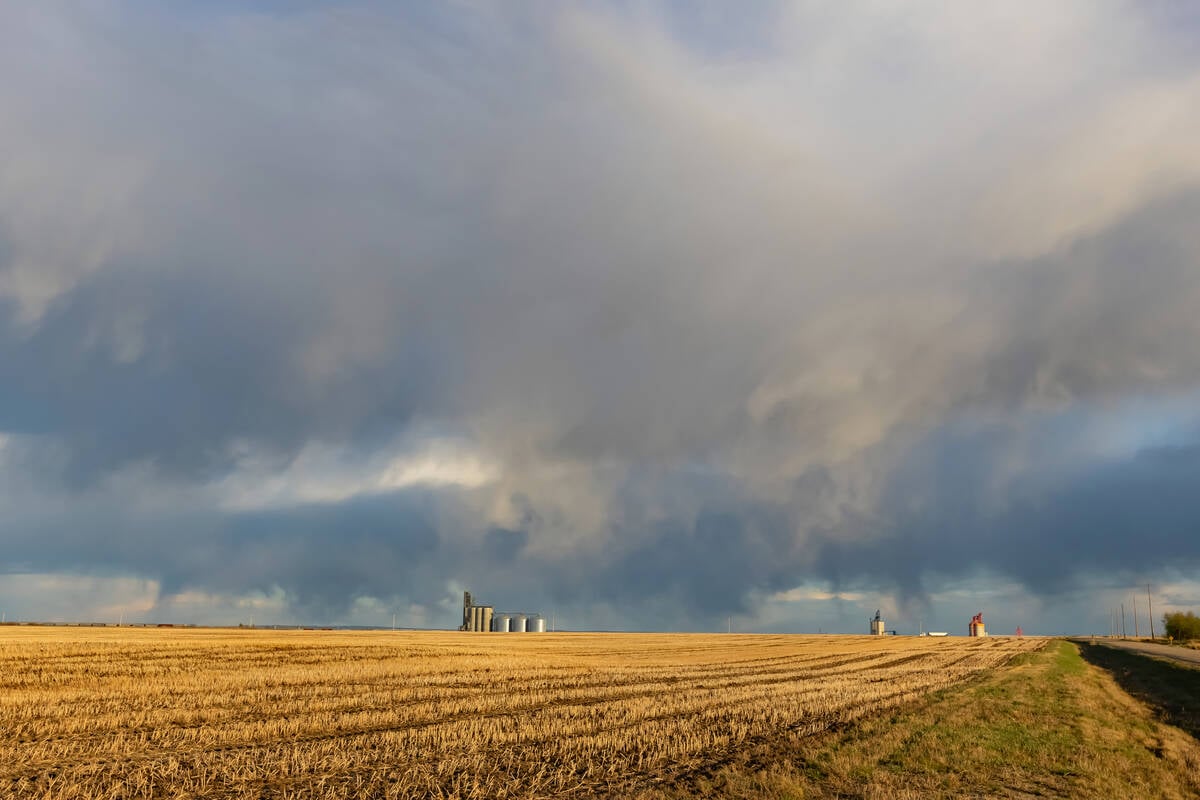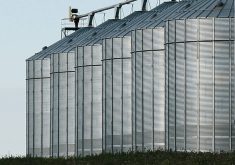SYDNEY, Sept 29 (Reuters) – Australia’s east coast will likely see wetter conditions than usual for the rest of 2016, stoking fears of wheat production losses in the world’s No. 4 exporter of the grain.
The country’s east coast has a 60 percent chance of above average rainfall from October to December, the Australian Bureau of Meteorology said on Thursday.
That would come after recent heavy rains across the region either destroyed crops or downgraded the quality of wheat.
“If we get rains in November or December, which is very late in the season, that will mean downgrades of the crop to feed-quality,” said Phin Ziebell, agribusiness economist, National Australia Bank.
Read Also

Prairie forecast: Active pattern continues with mostly-dry west, wet start for east
The active pattern that we saw last week looks to continue into this forecast period which means more chances for rain, possibly some wet snow and a continuation of the temperature rollercoaster ride.
“Some farmers may try and get the crop out early to avoid those issues, but it is too wet at the moment to get into the paddocks.”
Australia’s east coast churns out the country’s high protein wheat, meaning output losses would limit exportable supplies of the more desirable grain.
Meanwhile, repeated frosts have been a problem in Western Australia.
Lower wheat production from Australia could support global benchmark prices,, which earlier this month hit a 10-year low due to ample global supply.
Australia’s chief commodity forecast earlier this month raised its 2016 forecast for wheat output by more than 14 percent to 28.1 million tonnes, which would be the second highest level on record.
While the rains poses a threat to Australia’s grain farmers, the moisture will be welcomed by cattle ranchers.
Farmers in Australia – the world’s No. 4 beef exporter – are easing off on slaughtering cattle as they look to rebuild herds from 20-year lows following three years of drought.
Above average rainfall will aid pasture growth and refill dams, easing pressure to cull cattle that they were previously in danger of starving following the strongest El Nino in nearly 20 years.
















